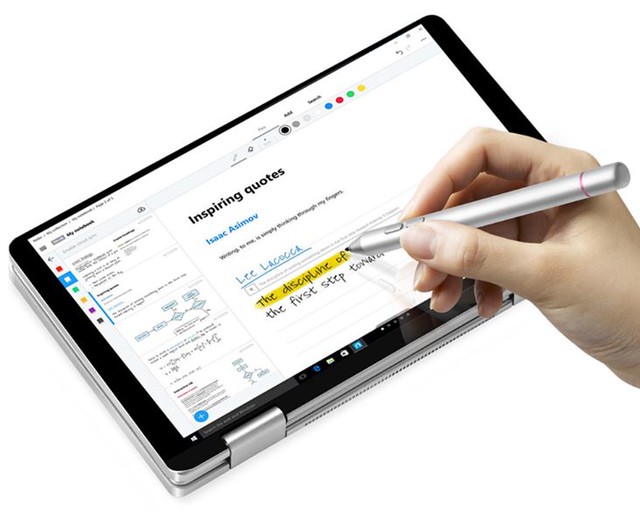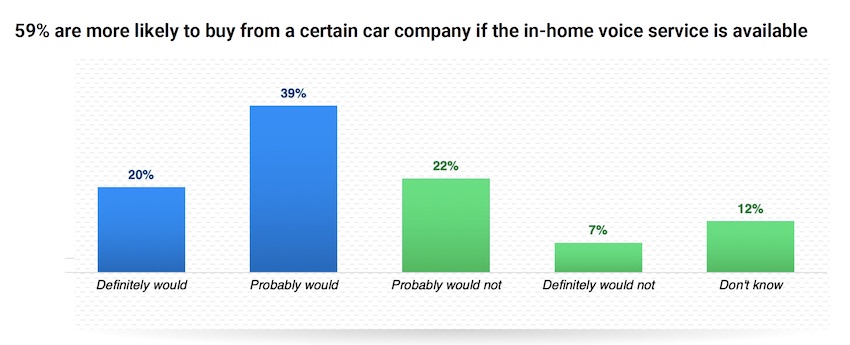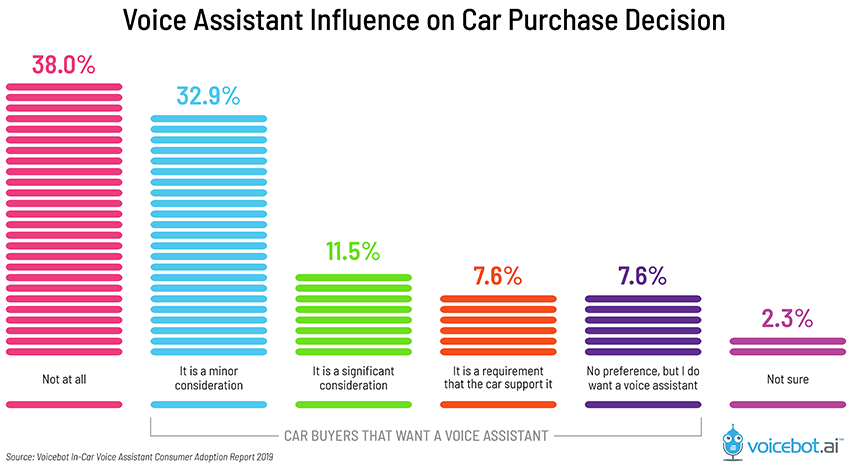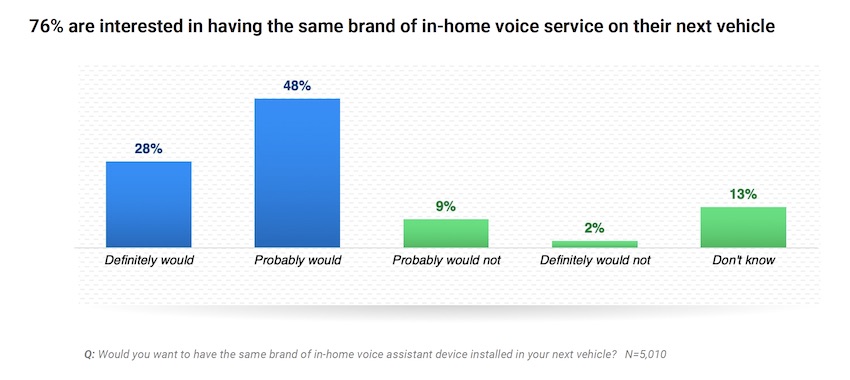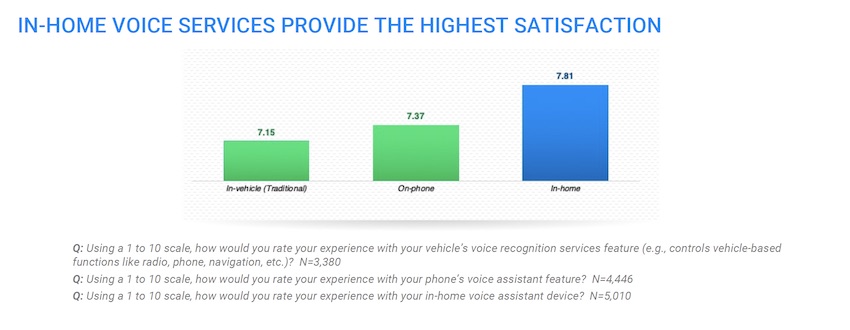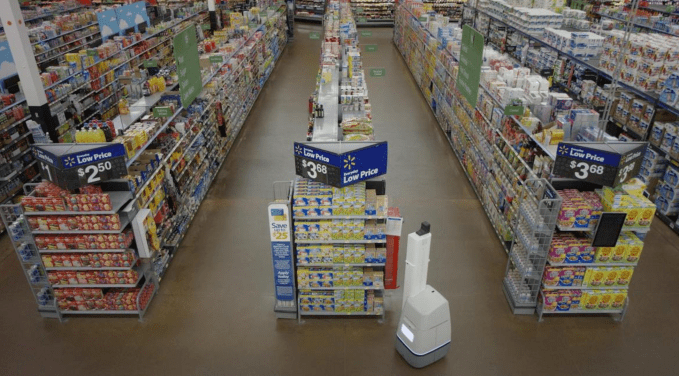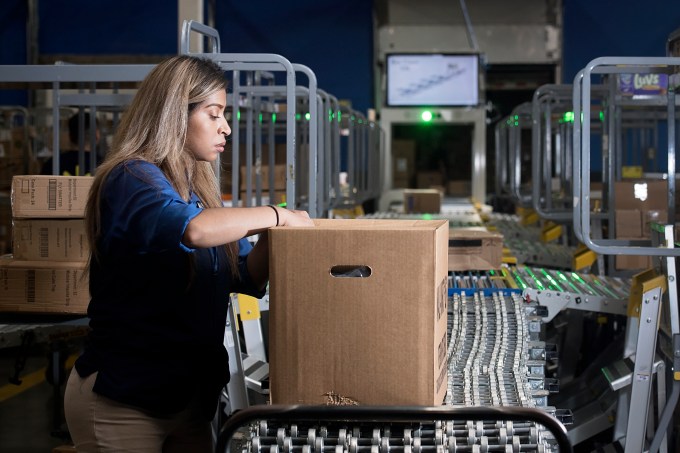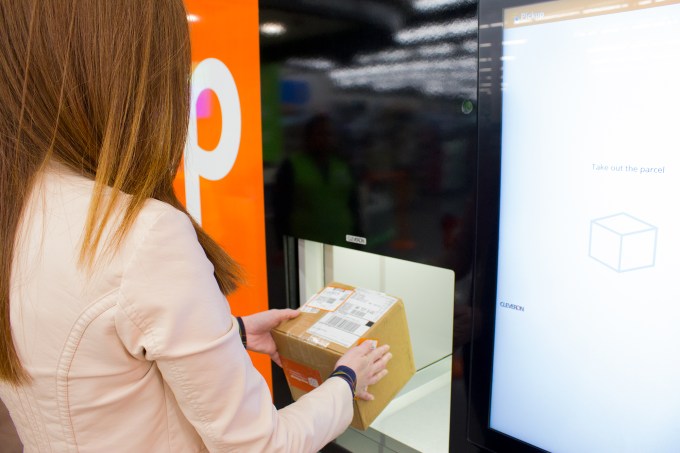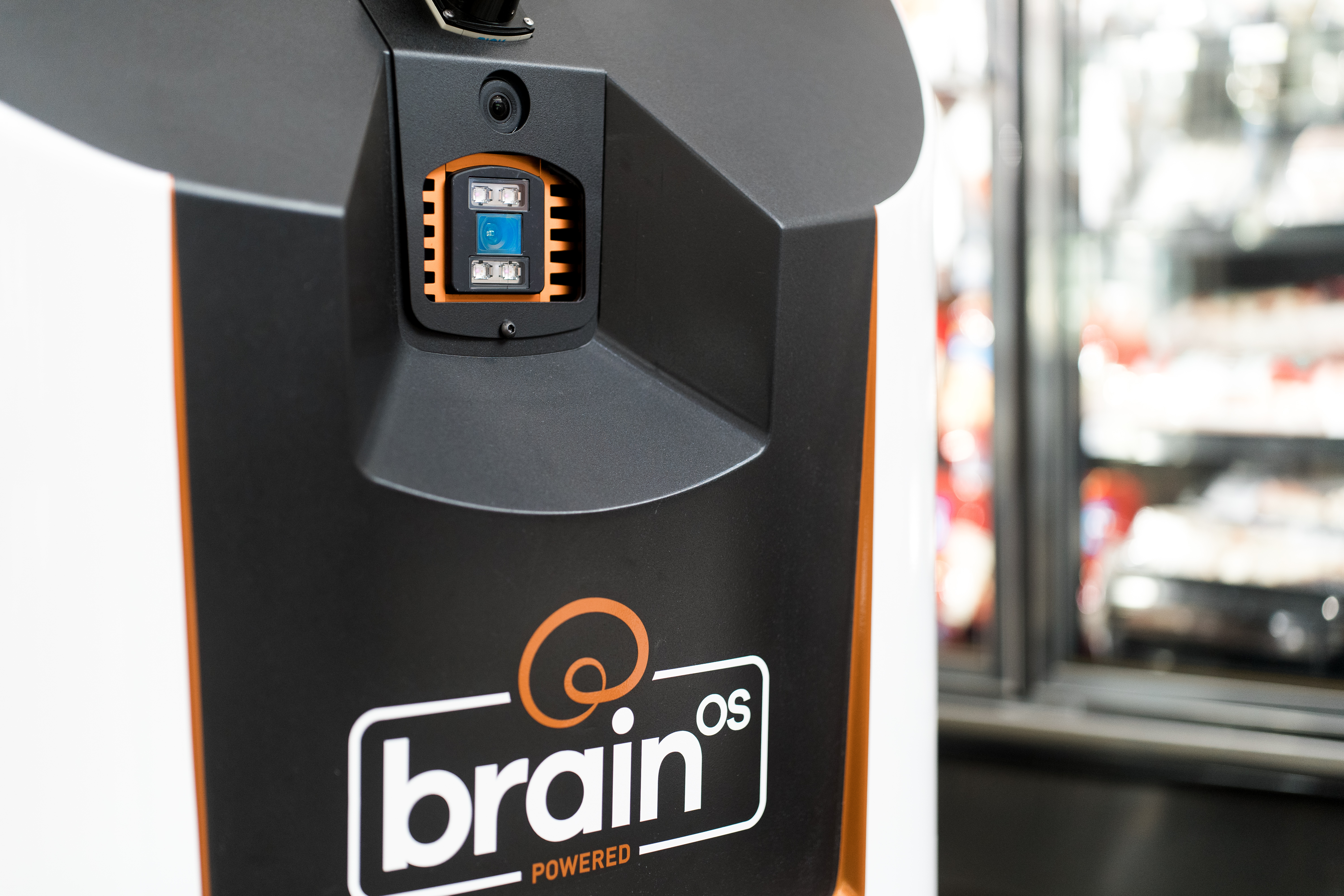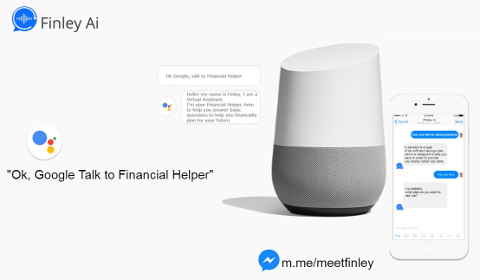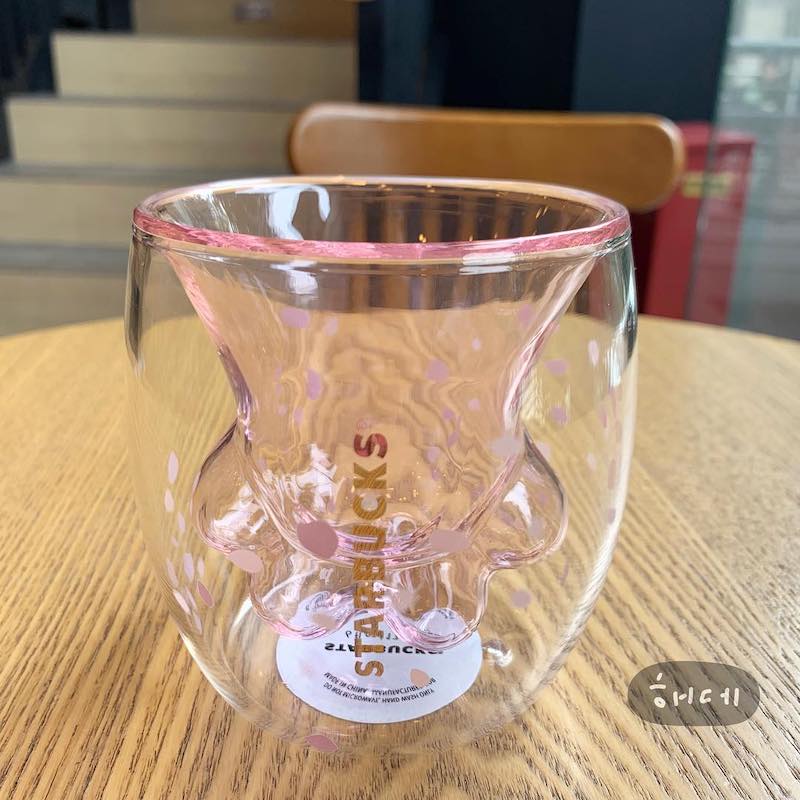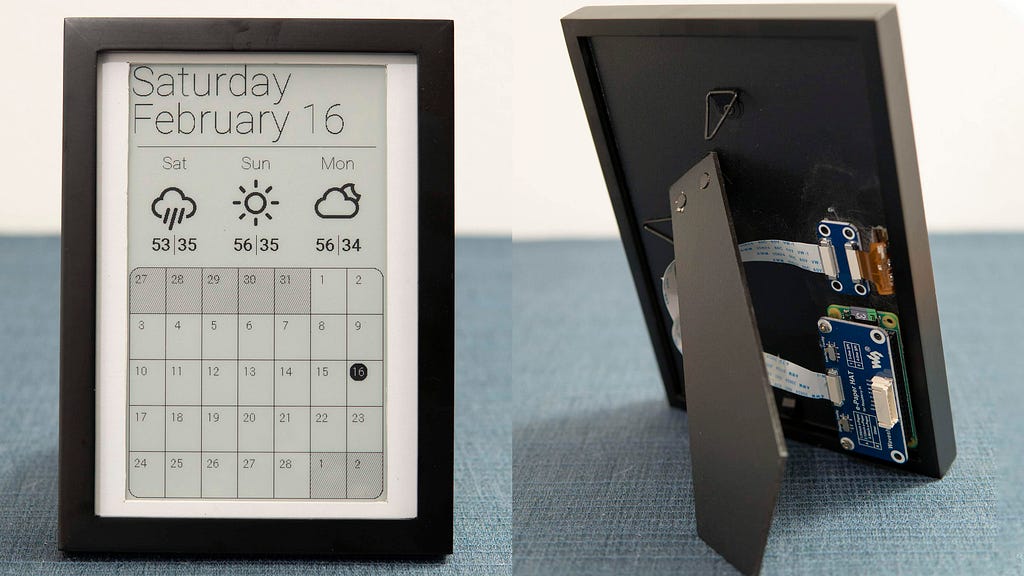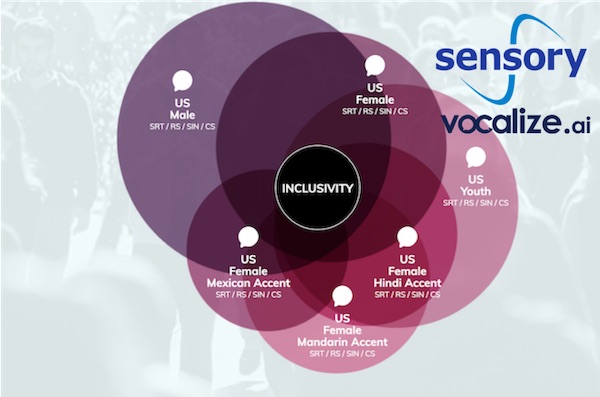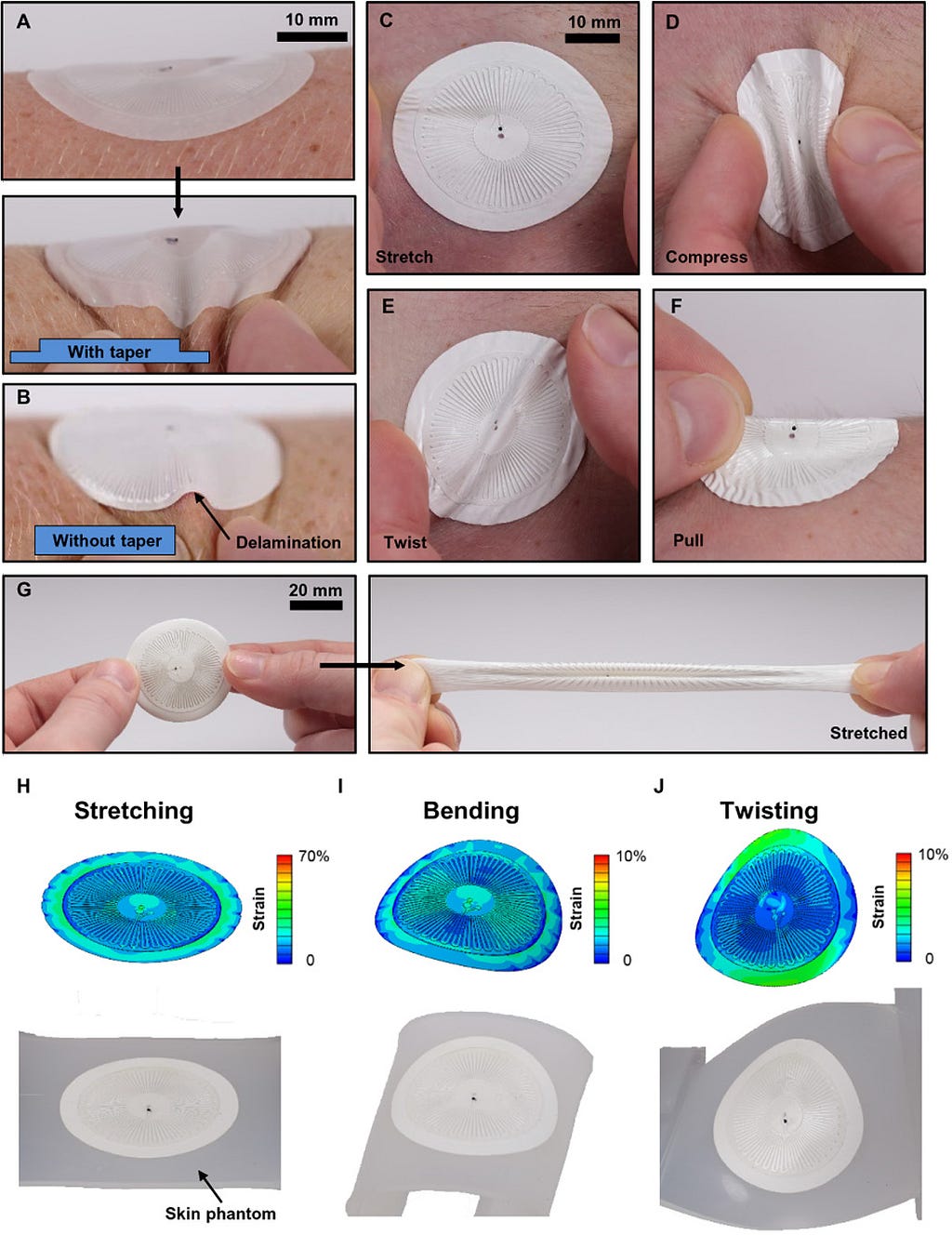One Netbook annonce la sortie du nouveau One Mix 2S Yoga Platinum Edition, un engin qui affiche en FullHD via un écran IPS tactile de 7 pouces par dessus un véritable clavier complet – en Qwerty uniquement – autour d’une charnière qui se déploie à 360°. L’engin peut ainsi se convertir en tablette, profiter d’un affichage tente ou présentation. Un super produit pour les plus baroudeurs d’autant qu’il est compatible avec un stylet actif pour la prise de notes.
Deux modèles étaient jusqu’à aujourd’hui disponibles, l’entrée de gamme était équipé d’un très bon processeur Intel Core M3-7Y30 de génération Kaby Lake : Un double coeur et quadruple threads cadencé de 1 à 2.6 GHz avec 4 Mo de mémoire cache et un TDP de 4.5 Watts.
Une version plus haut de gamme embarque une puce Amber Lake en Core M3-8100Y. une évolution toujours en 2C/4T avec des fréquences allant de 1.1 GHz à 3.4 GHz, toujours 4 Mo de cache et un TDP un poil plus haut avec 5 Watts annoncés. Des puces qui allient un excellent rendement par watt.
La marque annonce désormais une troisième version baptisé One Mix 2S Yoga Platinum Edition qui embarque un processeur Intel Core i7-8500Y toujours dans la huitième génération d’Intel. Un Amber Lake toujours sur deux coeurs et 4 Threads mais cette fois-ci cadencé de 1.5 à 4.20 GHz avec 4 Mo de cache et un TDP de 5 watts. Son circuit graphique est un UHD 615 cadencé de 300 MHz à 1.05 GHz. Cette version haut de gamme propose un stockage SSD de 512 Go contre 256 Go maximum pour les modèles en Core M. La mémoire vive reste sur 8 Go sur les 16 Go que cette puce sait pourtant gérer.
Super ? Oui, sur le papier la solution est très excitante malgré son clavier QWERTY. Le problème est le tarif demandé ! Geekbuying l’annonce à 1199€ avec cette configuration ce qui est plus de deux fois le prix du modèle M3-8100Y avec 8 Go de mémoire et 256 Go de SSD proposé à 593.75€. La version Core M3-8100Y n’est pas disponible pour le moment mais restait dans la même gamme de tarif juste au dessus des 600€.
Du Benchmark de qualité….
Je suppose que l’effet nouveauté joue ici à plein et que les premières pièces vont être écoulées au prix le plus haut avant que les prix redescendent. D’autant que si le passage de 256 Go à 512 Go est quantifiable facilement, le gain de performances entre les Core M3 et cette version Amber Lake du Core i7 n’est pas si énorme. Les possibilités offertes par les M3-8100Y, par exemple, ne sont pas spécialement éloignées du Core i7-8500Y. Ce que pourra faire un One Mix 2S Yoga de base ne sera pas tellement différent de ce que proposera cette Platinum Edition. Les usages les plus lourds seront peut être accélérés de quelques instants mais dans l’absolu le changement de puce ne lui ouvre pas de portes logicielles supplémentaires.
Le One Mix 2S Yoga passe au processeur Core i7-8500Y © MiniMachines.net. 2019


